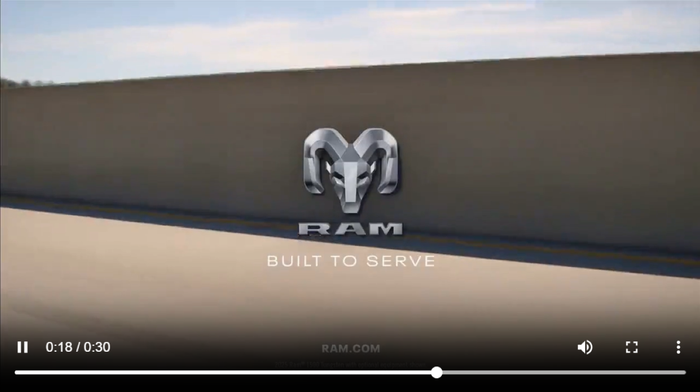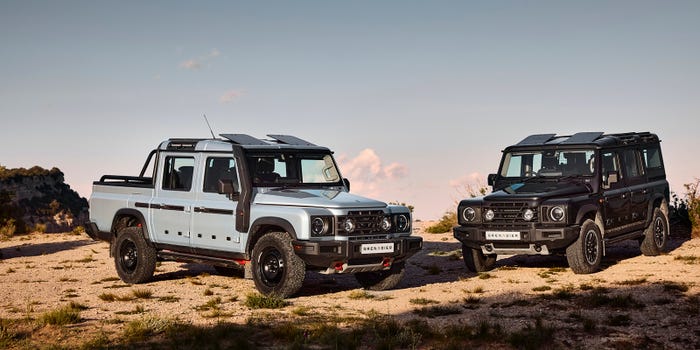All-Wheel Drive for All
Think all-wheel drive for vehicles never meant to travel off-road is a passing fad? An oddity for those who appreciate a little engineering overkill? Then check this list of 11 new-for-’05 cars offering AWD most for the first time. If the AWD system isn’t standard, it’s offered as an option for a surprisingly low price that reflects how hardware improvements and new electronic controls have enabled
September 30, 2004


 Think all-wheel drive for vehicles never meant to travel off-road is a passing fad? An oddity for those who appreciate a little engineering overkill?
Think all-wheel drive for vehicles never meant to travel off-road is a passing fad? An oddity for those who appreciate a little engineering overkill?
Then check this list of 11 new-for-’05 cars offering AWD – most for the first time. If the AWD system isn’t standard, it’s offered as an option for a surprisingly low price that reflects how hardware improvements and new electronic controls have enabled a new generation of AWD systems that don’t exact the cost, weight and packaging penalties of prior generations.
Acura RL
Audi A6
Cadillac STS
Chrysler 300
Dodge Magnum
Ford Five Hundred
Ford Freestyle (okay, maybe not totally a “car”)
Mercury Montego
Saab 9-2X
Subaru Legacy/Outback
Volvo S40/V50
Whew. And that’s just the new-for-this-year stuff. Just about every manufacturer now has an AWD car or two in its lineup.
The popularity of SUVs, and now CUVs, means consumers are familiar with AWD and how “easy” it has become to use – most systems have automatic settings (or no settings at all) that require no input from the driver to initiate AWD. Thanks to good experience with AWD in trucks and SUVs, consumers want AWD in their new cars, too.

Dodge Magnum one of a raft of new cars offering AWD.
Manufacturers, meanwhile, which are mining a renaissance of rear-drive vehicle architectures, are eager to include AWD in the package to assuage the fears of buyers in foul-weather markets.
The most difficult choice for engineers may be selecting appropriate technology for a given vehicle type.
As we’ve seen with SUVs and CUVs, the choice broadly runs on two paths: so-called “full-time” AWD systems that always deliver some amount of torque to all four wheels, and the part-time arrangements that in normal operation exclusively drive the wheels of just the front or rear axle.
Then when traction conditions warrant, the system apportions a certain amount of torque to slipping wheels at the normally non-driven axle.
Part-time systems sometimes are less complicated and help mitigate AWD’s fuel-economy penalty. Full-time systems can be vital to distributing high horsepower and torque in a manner that doesn’t overpower the chassis.
And some AWD systems are beginning to offer an early taste of “torque vectoring” – the ability to influence vehicle handling by varying torque delivery to individual wheels. Imagine in a corner, for instance, an AWD system that will deliver a higher amount of power to the outside rear wheel, helping to “rotate” the vehicle through the corner.
In addition to rapidly advancing technology, engineers and planners now are grappling with what kind of AWD systems are best for global platforms developed for a wide range of vehicles and market segments.
And at press time, the Society of Automotive Engineers was preparing an in-depth symposium in the U.S. to address the predicted eruption of AWD for passenger cars. Judging by the list above, the volcano already has exploded.
About the Author
You May Also Like



